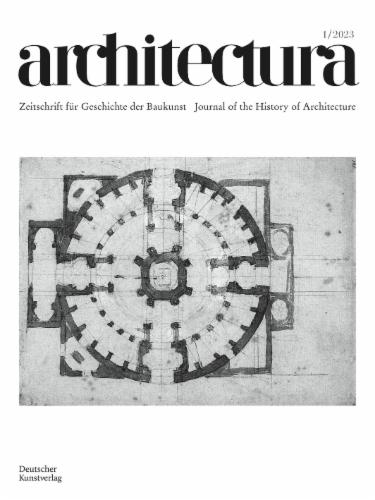
Sichtbackstein des 19. Jahrhunderts
Wilko Potgeter and Stefan M. Holzer
From the Journal: Architectura
Published online:
24 Jul 2019
Abstract
19th century brick façades between craft and industrialization: Towards an onsite reading of traces.
Brick facades are one of the characteristic ingredients of 19th century architecture. They became ubiquitous during the period. The spread of visible brick and the development of heat-insulating façade claddings are intimately connected to the industrialization of the brick production, providing new moulding techniques such as extrusion, and new products such as hollow bricks. The present article presents the main steps of innovation, based on a review of contemporary technical literature, and establishes the direct link to traces which can be observed on site, providing necessary information for a first assessment, coarse dating and structural hypothesis on the basis of a visual inspection.
19th century brick façades between craft and industrialization: Towards an onsite reading of traces.
Brick facades are one of the characteristic ingredients of 19th century architecture. They became ubiquitous during the period. The spread of visible brick and the development of heat-insulating façade claddings are intimately connected to the industrialization of the brick production, providing new moulding techniques such as extrusion, and new products such as hollow bricks. The present article presents the main steps of innovation, based on a review of contemporary technical literature, and establishes the direct link to traces which can be observed on site, providing necessary information for a first assessment, coarse dating and structural hypothesis on the basis of a visual inspection.
Other articles in this issue:
architectura Issues
Volume 53 (2025)
Volume 52 (2022)
Volume 51 (2021)
Volume 50 (2020)
Volume 49 (2019)
Volume 48 (2018)
Volume 47 (2017)
Volume 46 (2016)
Volume 45 (2015)
Get instant, unlimited access to this journal
Related titles
Would you like to receive monthly information about new publications and events?

